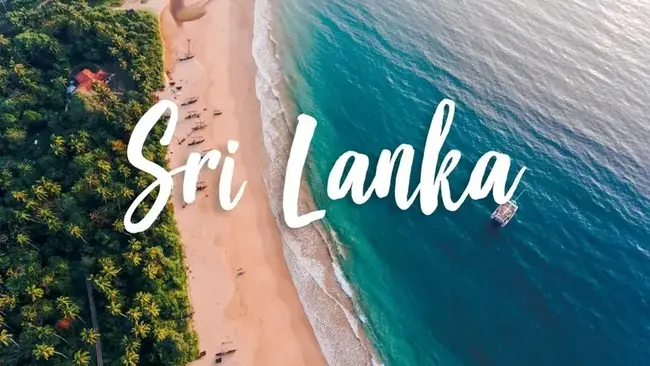
Sri Lanka is Surging the Tourism Sector with Visa Free Travel Policy for 188 Countries
Sri Lanka, often referred to as the jewel of the Indian Ocean, is a strategically positioned island nation located just southeast of India, across the narrow Palk Strait. As of August 2024, the country has opened its doors to travelers from 188 countries, offering visa-free, visa on arrival, and e-visa options. The island stretches 432 kilometers in length and 224 kilometers in width, lying between latitudes 5°55′ N and 9°51′ N and longitudes 79°41′ E and 81°53′ E.
Sri Lanka’s prime location has historically made it a hub for cultural exchanges, drawing influence from India and a variety of maritime civilizations across Asia. Its rich history is deeply rooted in the development of Theravada Buddhism, which has been integral to the island’s cultural identity since the 6th century BCE. Additionally, Sri Lanka is known for its innovative agricultural practices, particularly in the development of advanced irrigation systems that have allowed the country to adapt to its diverse climatic conditions over centuries.
Cultural Mosaic and Ethnic Harmony
Sri Lanka boasts a rich tapestry of cultural expressions, deeply influenced by its religious diversity. The landscape is punctuated with sacred sites and places of worship including ornate Buddhist temples, vibrant Hindu temples, serene mosques, and grand churches, each hosting colorful rituals that showcase the island’s spiritual and cultural plurality. Despite the beauty of its cultural fabric, Sri Lanka has navigated complex ethnic dynamics, particularly between the majority Sinhalese and the minority Tamils. Historical grievances have occasionally disrupted the peace, particularly with the political tensions and calls for independence by Tamil groups in the late 20th century.
Tourism Resurgence and Economic Insights
Tourism in Sri Lanka has shown remarkable resilience, evidenced by the 106% increase in tourist arrivals in 2023, with more than 1.4 million tourists exploring the island. This surge not only reflects the country’s enduring appeal but also its potential for future growth in the tourism sector. Economically, the island’s GDP was officially estimated at $285 billion in 2023 in purchasing power parity terms. However, organizations like World Economics offer a revised estimate of $408 billion, considering the informal economy and outdated base year data, suggesting a more robust economic scenario than traditionally reported.
Vibrant Festivals and Celebrations
The cultural heartbeat of Sri Lanka is best experienced through its festivals. The Navam Perahera, celebrated since 1979 at the Gangaramaya Temple in Colombo, dazzles with its procession of decorated elephants and performers. In the north, the Nallur Kandaswamy Kovil Festival is a grand Hindu celebration dedicated to Lord Murugan, marked by 25 days of colorful rituals and processions. The Kataragama Perahera, a revered multi-faith festival, honors Skanda, a deity worshipped by Buddhists, Hindus, and the indigenous Vedda community. The Poson Festival, commemorating the introduction of Buddhism to Sri Lanka, is another pivotal event, fostering spiritual reflection and community joy.
TTW Editor in Chief Mr. Anup Kumar Keshan said: Sri Lanka’s unique geographical position and historical significance have long contributed to its reputation as a cultural crossroads in the Indian Ocean. With its recent decision to offer visa-free, visa on arrival, and e-visa options to travelers from 188 countries as of Augest 2024. Sri Lanka underscores its commitment to global engagement, making it an increasingly accessible and attractive destination for tourists worldwide. The country’s deep cultural heritage, particularly its association with Theravada Buddhism, coupled with its innovative agricultural advancements, showcases a nation that has skillfully blended tradition with modernity. As a result, Sri Lanka offers an unparalleled experience that combines rich history, diverse landscapes, and a warm, hospitable culture, now more open to the world than ever before.
Modern Connectivity and Transportation
The island’s transportation framework is a mix of modern and traditional, with a focus on road and rail systems. Railways, a governmental monopoly, and roads, shared with the private sector, are crucial in sustaining both passenger and freight transit. Air travel is dominated by SriLankan Airlines, linking Sri Lanka to the global stage with flights from Colombo to major cities worldwide. Other significant airports like the Mattala Rajapaksa International Airport and Batticaloa Airport enhance its connectivity, supporting economic and tourism development.
Luxurious Stays and Hospitality
Sri Lanka’s hospitality sector is illustrious, featuring establishments like the Cinnamon Grand Colombo and the Anantara Peace Haven Tangalle Resort. These hotels offer a fusion of luxury and local culture, providing gateways to the island’s scenic and cultural riches. From upscale accommodations to exquisite dining and wellness facilities, they cater to both leisure and business travelers seeking a memorable stay.
Diverse Attractions: A Traveler’s Delight
The island’s diverse attractions range from the ancient fortifications of Sigiriya to the natural wonders of Udawalawe National Park and the tranquil waters of Bentota Beach. Each destination offers unique experiences, whether it’s exploring historical sites, observing wildlife, or enjoying water sports and leisure activities on the beaches.
Sri Lanka’s appeal as a travel destination is multi-faceted, blending its historical depths, cultural richness, natural beauty, and modern amenities into a compelling narrative that attracts travelers from around the globe. The island promises an array of experiences that cater to adventure seekers, cultural enthusiasts, and nature lovers alike, making it a perennial favorite on the world tourism map.
ReferenceURL : https://shorturl.at/G2zTm

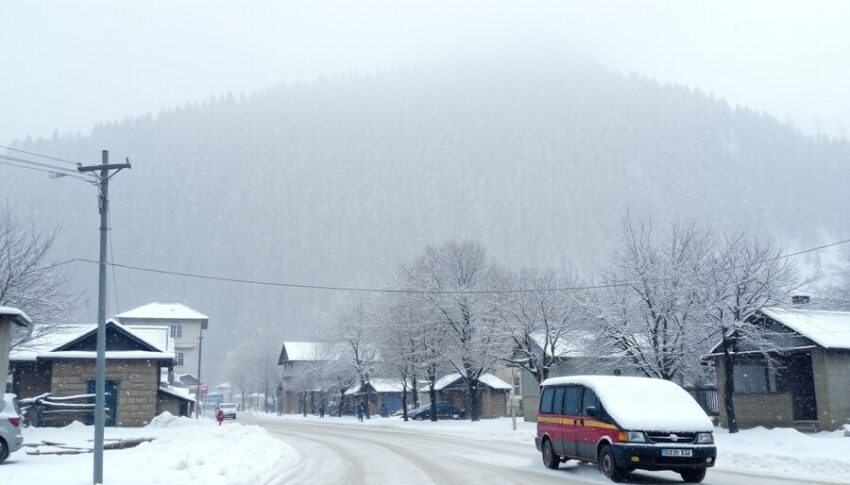
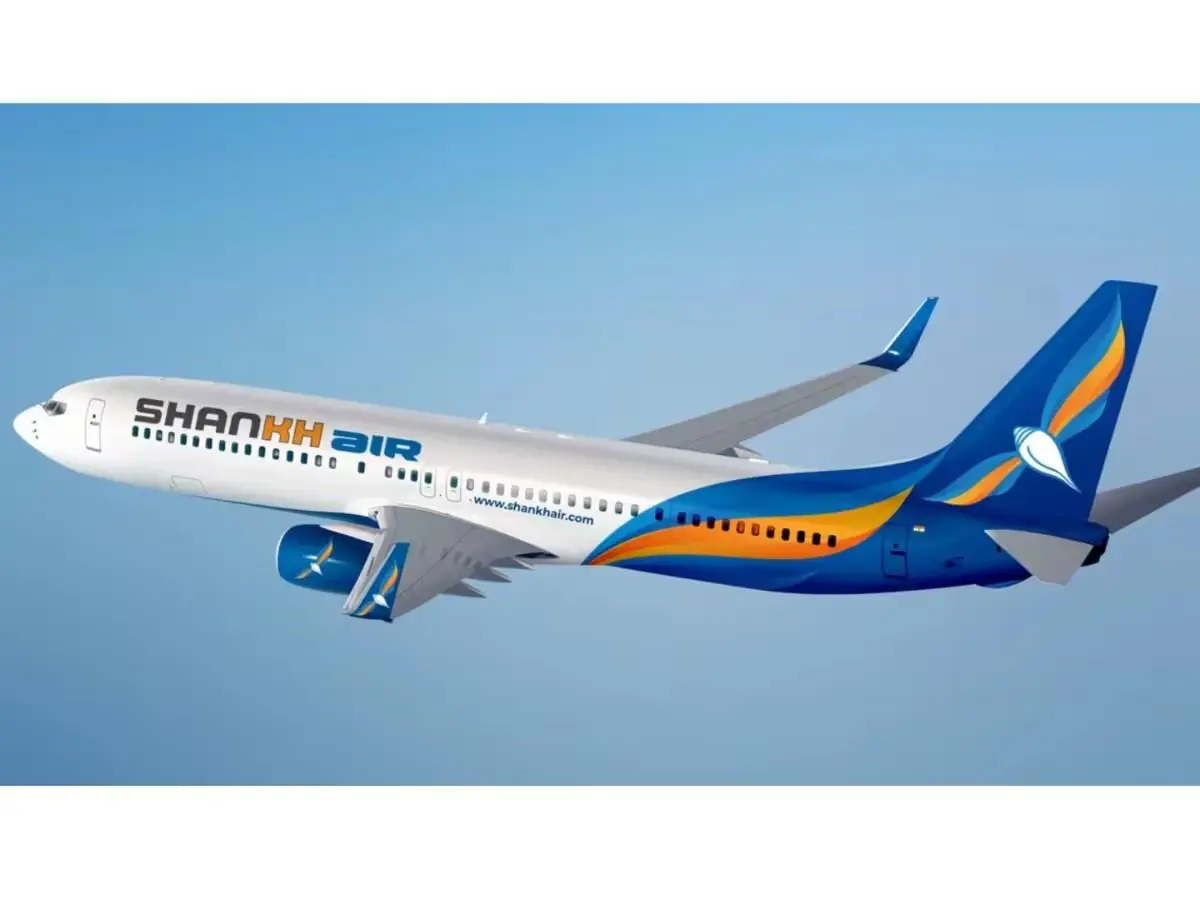
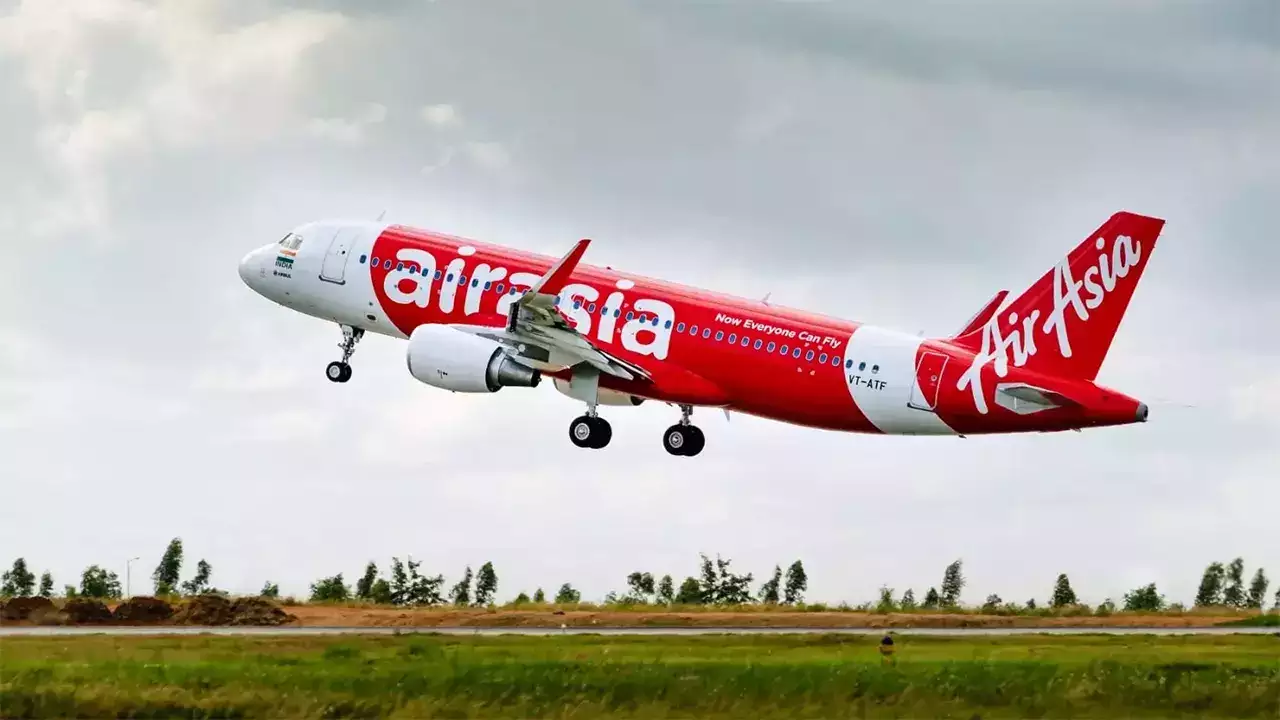
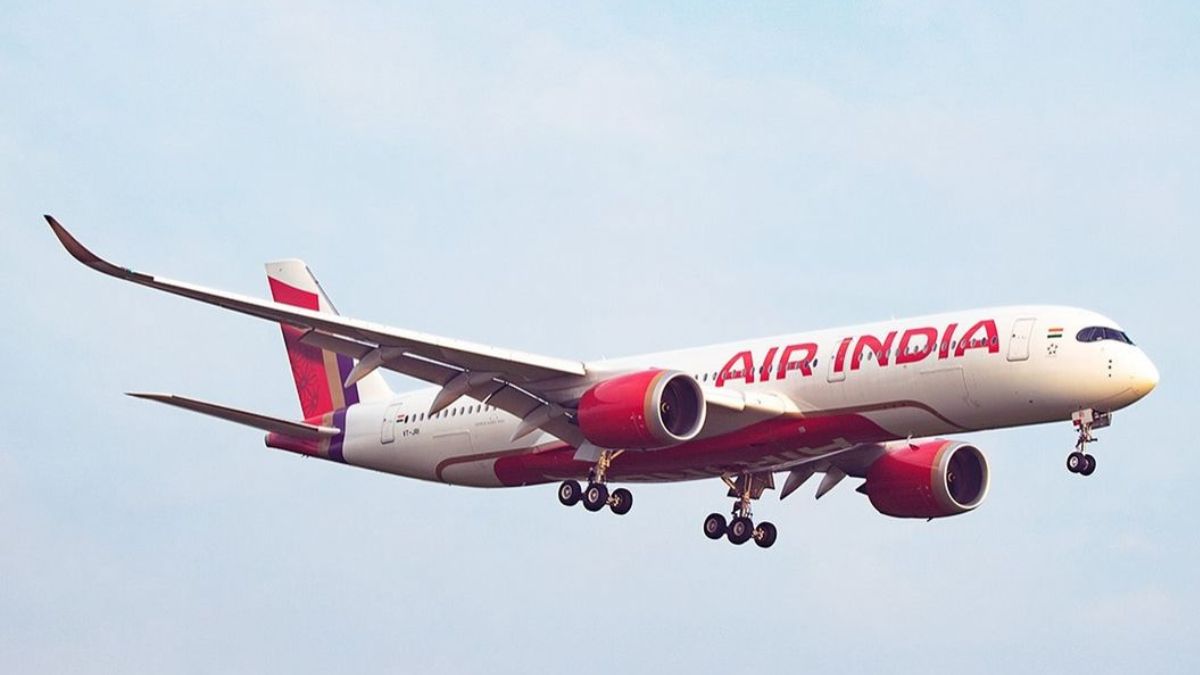
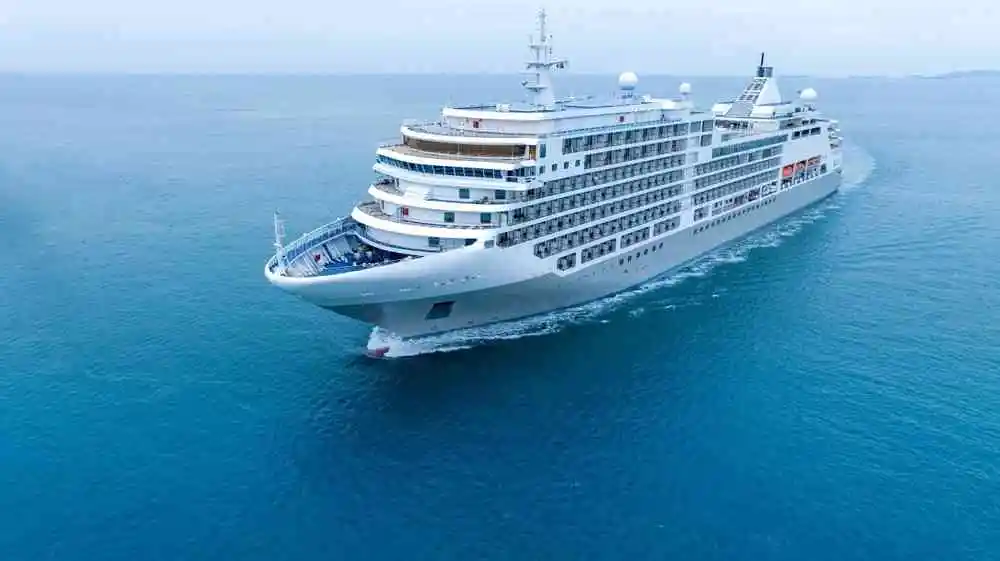


Leave a comment